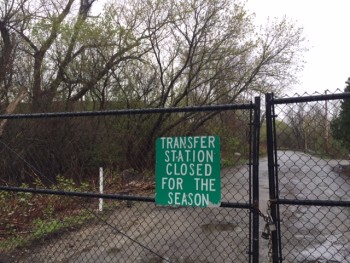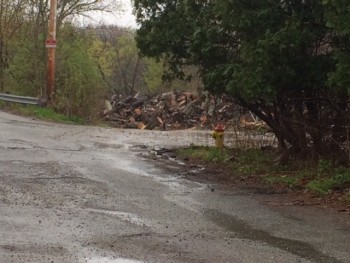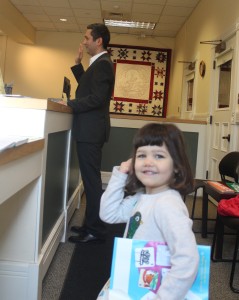Photo: The entry to the former incinerator site.
It’s been nearly two years in the works but this week, the state is preparing to hand over a former trash incinerator closed for the past five decades back to the town.
The Belmont Board of Selectmen will vote on a date, likely in June, to hold a Special Town Meeting where members will vote whether to accept or reject the conveyance from the state to the town of the nearly 16-acre parcel sitting adjacent upper Concord Avenue and Rock Meadow Conservation about 1,500 feet from the Lexington town line.
“We have received communication that this conveyance is in the process of being executed by [the state] depending on what we have to execute,” said David Kale, Belmont’s town administrator.


Once accepted, the town is required by the state to remediate the site which includes removing or “capping” the contaminated soil polluted by the ash produced by the burned garbage. As part of the agreement, the state, through the Department of Capital Asset Management and Maintenance which is responsible for the disposition of state-owned property, will subtract the amount the town spends on remediation from the assessed value of the property.
Belmont in 2006 created a special stabilization account to fund the future “clean-up” of the site. There is currently $4.2 million in the account, according to Kale.
“The total cost will also depend on post-closure uses,” he said.
The sale has been years in the making. In 2012, as it was considering using the site for athletic fields or other uses, the town discovered ownership of the site had reverted to the state once the incinerator was formally shut down in the early 1980s.
In January 2014, former Gov. Deval Patrick signed legislation sponsored by State Rep. Dave Rogers authorizing the sale of the state-owned land to the town at a “fair market value.” An important provision of the transfer is the land is limited to recreational or municipal use; it can not be sold or leased for commercial or business operations.
Built in 1959, the incinerator operated until 1975, then becoming the town’s transfer station for two decades. It is currently used by the Belmont DPW for equipment storage, leaf composting and debris.
In November 2014, the selectmen held a meeting with Town Meeting members and the public on possible uses for the former incinerator which included a solar “farm,” sports fields, open space and a future home for Police headquarters or the DPW.


